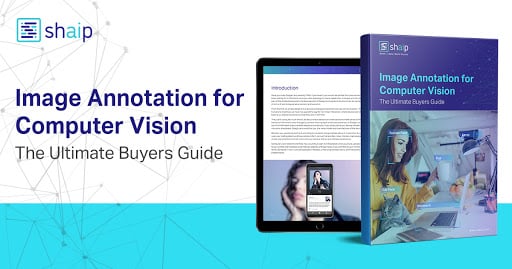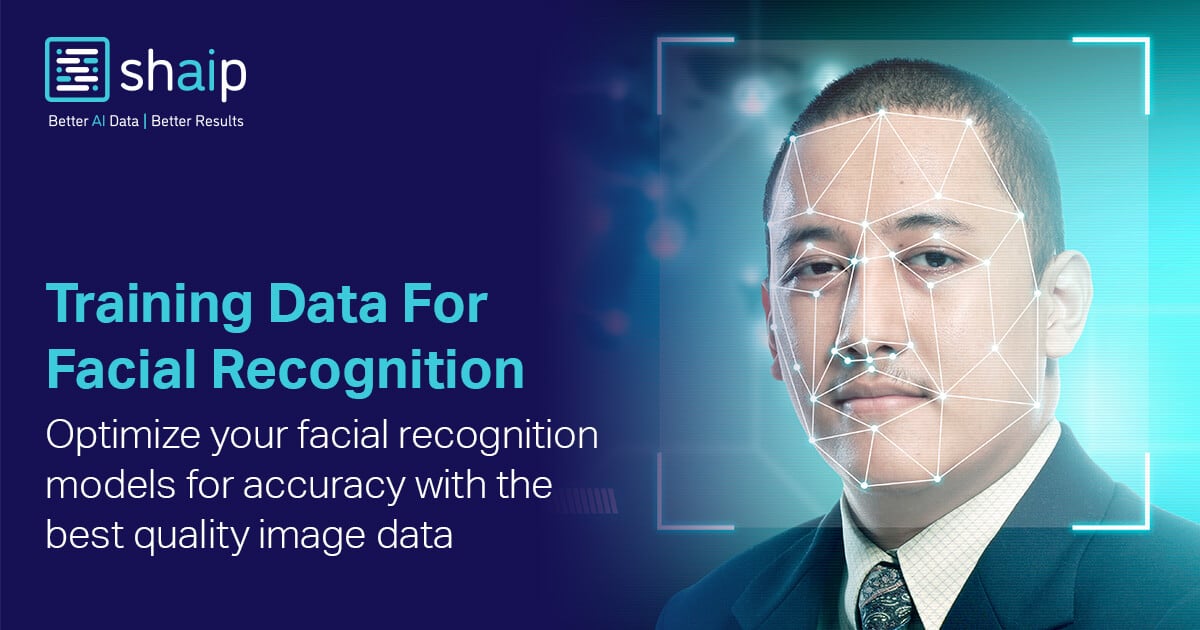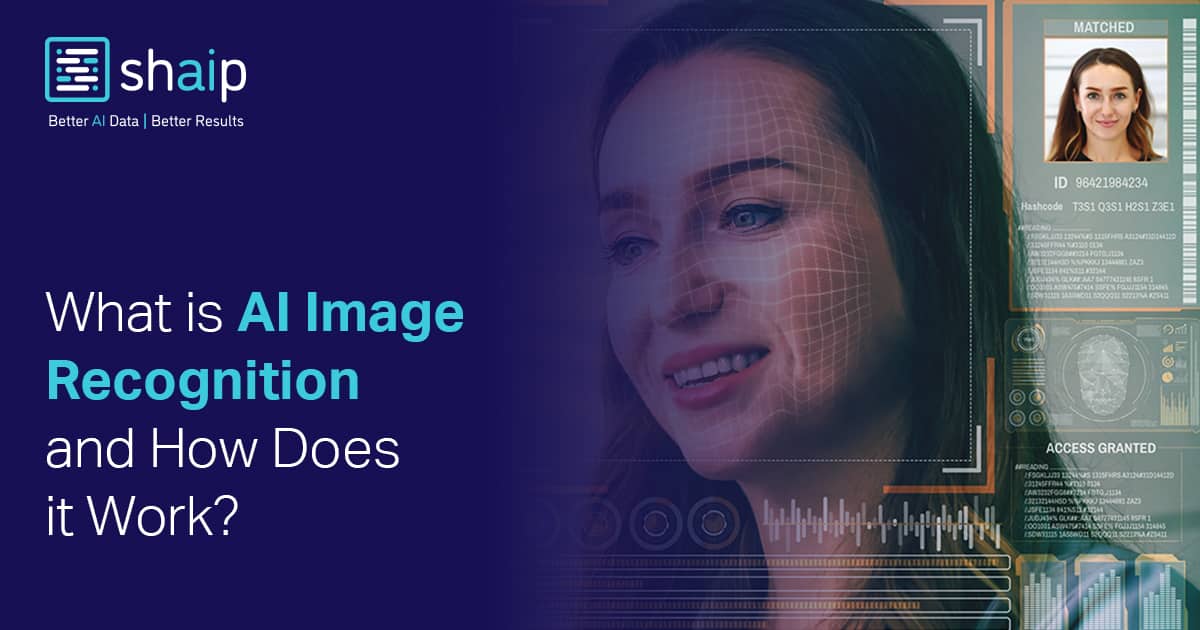Computer Vision Services & Solutions
Get premium support from world-class experts to implement computer vision the right way, by extracting real-time data from videos & images to accelerate your ML journey
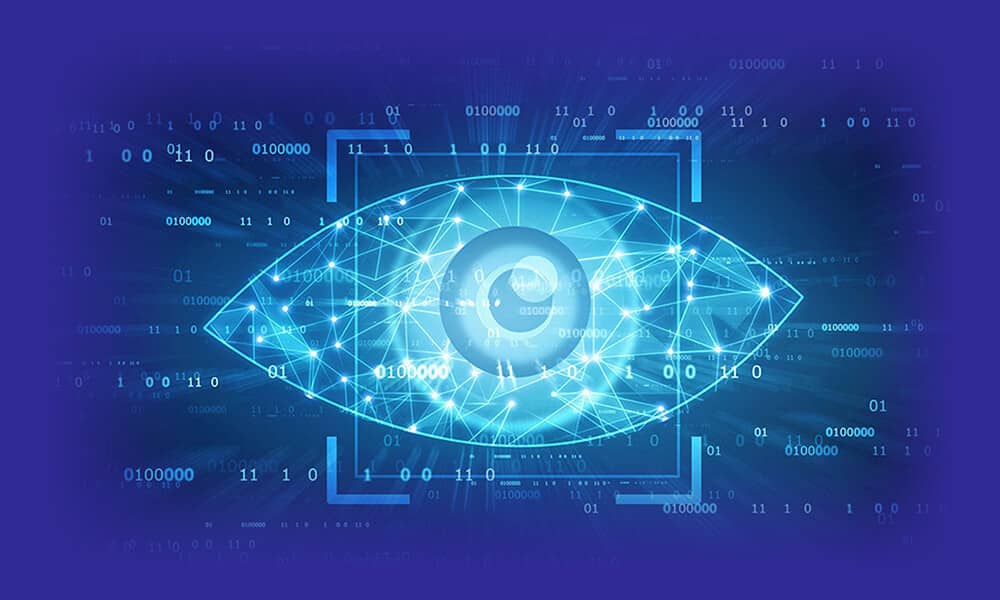
Featured Clients
Empowering teams to build world-leading AI products.

Making Sense of the Visual World to Train Computer Vision Applications
Computer vision is an area of Artificial Intelligence technologies that train machines to see, understand, and interpret the visual world, the way humans do. It helps in developing the machine learning models to accurately understand, identify, and classify objects in an image or a video – at a much larger scale & speed.
The recent developments in Computer Vision technologies have overcome some of the limitations that humans face in accurately detecting and labeling objects from the vast amounts of data generated today from disparate systems. The computer effectively solves these 3 tasks:
– Automatically understand what the objects in the image are and where they are located.
– Categorize these objects and understand the relationships between them.
– Understand the context of the scene.

- Object Classification: What broad category of objects are there?
- Object Identification: Which type of a given object are there?
- Object Verification: Which is the object in the photograph?
- Object Detection: Where are the objects in the photograph?
- Object Landmark Detection: What are the key points for the object in the photograph?
- Object Segmentation: What pixels belong to the object in the image?
- Object Recognition: What objects are in this photograph and where are they?
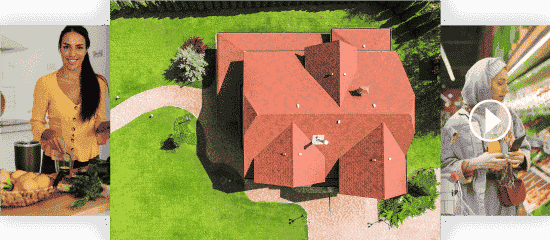
Data Collection Services
Training ML models to interpret & comprehend the visual world requires large volumes of accurately labeled image and video data.
- Source image/video data from over 60+ geographies
- 2M+ images in multiple medical specialties like Radiology etc.
- 60k+ Food & Document images covering 50+ variations with respect to the setting, illumination, indoor v/s outdoor, distance from the camera.
Data Annotation Services
From bounding boxes, semantic segmentation, polygons, polylines to keypoint annotation we can help you with any image/video annotation technique.
- A fully managed, end-to-end data annotation services with software and workforce included, thereby simplifying the user experience.
- An experienced workforce consisting of 30,000+ collaborators helps in labeling images & videos for CV use cases i.e., object detection, image segmentation, classification, etc.


Managed Workforce
We also offer a skilled resource that becomes an extension of your team to support you with your data annotation tasks, through tools that you prefer while maintaining the desired consistency and quality. Our skilled and experienced workforce apply the best practices learned by labeling millions of images & videos to deliver world-class data labeling for computer vision solutions.
AI Computer Vision Expertise
Image/Video Collection & Annotation Capabilities
From image/video collection to annotation object recognition and tracking to semantic segmentation and 3-D point cloud annotations, we bring a greater understanding of the visual world with detailed, accurately labeled images and videos to improve the performance of your computer vision models.
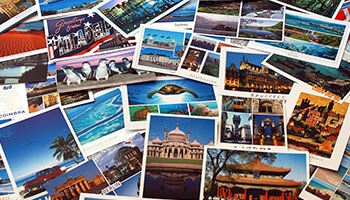
Image Collection
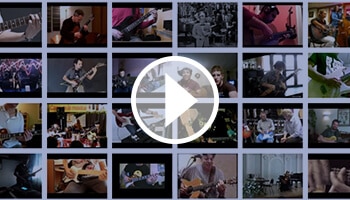
Video Collection
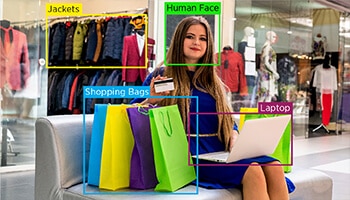
Bounding Boxes
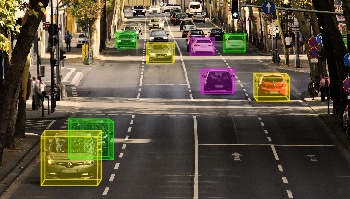
3D Cuboids
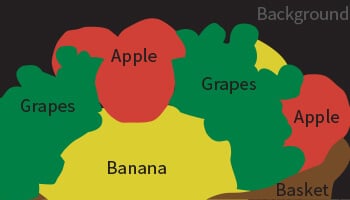
Semantic Segmentation

Polygon Annotation

Landmark Annotation
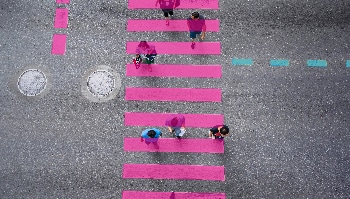
Line Segmentation
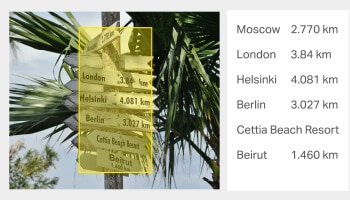
Image Transcription

Video Transcription
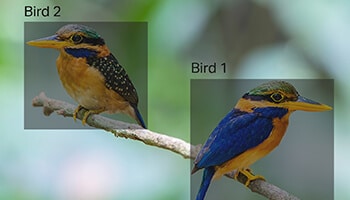
Image Classification
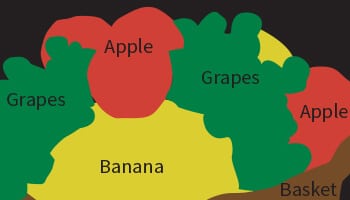
Image Segmentation
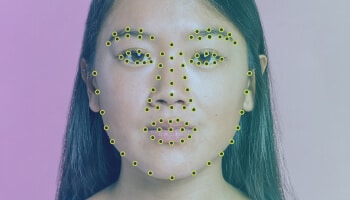
Image Keypoint Annotation
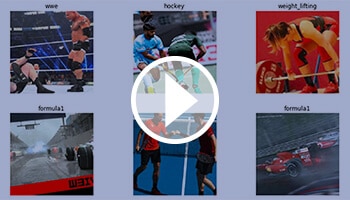
Video Classification

Video Segmentation
Computer Vision Datasets
Car Driver in focus Image Dataset
450k images of driver faces with car setup in different poses and variations covering 20,000 unique participants from 10+ ethnicities
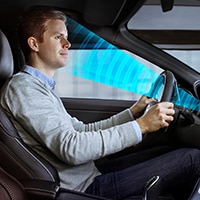
- Use Case: In-car ADAS model
- Format: Images
- Volume: 455,000+
- Annotation: No
Landmark Image Dataset
80k+ images of landmarks from over 40 countries, collected based on custom requirement.

- Use Case: Landmark Detection
- Format: Images
- Volume: 80,000+
- Annotation: No
Drone-based Video Dataset
84.5k drone videos of areas like College/School campus, Factory site, Playground, Street, Vegetable Market with GPS details.
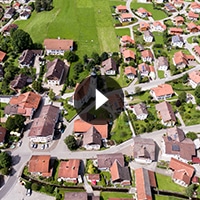
- Use Case: Pedestrian Tracking
- Format: Videos
- Volume: 84,500+
- Annotation: Yes
Food Image Dataset
55k images in 50+ variations (w.r.t. food type, lighting, indoor vs outdoor, background, camera distance etc.) with annotated images
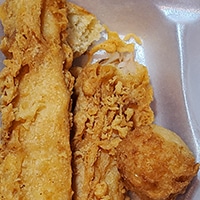
- Use Case: Food Recognition
- Format: Images
- Volume: 55,000+
- Annotation: Yes
Use Cases

Healthcare AI
Train ML models to detect cancer moles in skin images or finding symptoms in MRI scans or patient's x-ray.
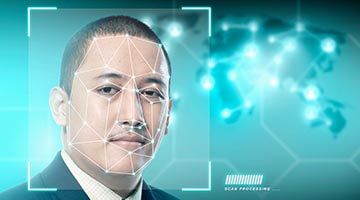
Facial Recognition
Train ML models to identify images of people based on facial features & compare them with a database of facial profiles to detect & tag people.
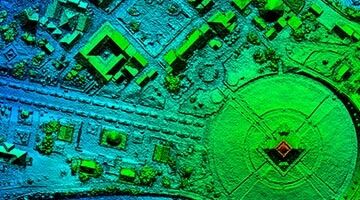
Geospatial Applications
Annotation of satellite images & UAV photography to prepare datasets for geoprocessing, and annotate 3D point cloud for Geo.AI.
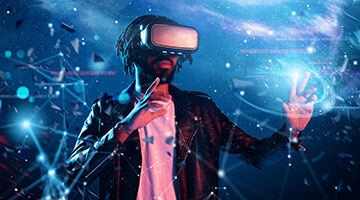
Augmented Reality
With AR headset, place virtual objects in the real world. It can detect plane surfaces such as walls, tabletops, and floors - a very critical part in establishing depth & dimensions and placing virtual objects in the physical world.
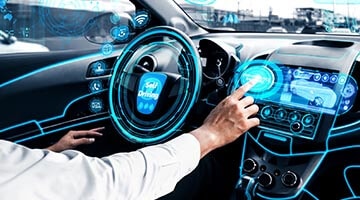
Self-Driving Cars
Multiple cameras capture videos from a different angle to identify the boundaries of traffic signals, roads, cars, objects, and pedestrians nearby to train the self-driving cars to auto steer the vehicle and avoid hitting obstacles while driving the passenger safely.

Retail / e-Commerce
With computer vision in retail, the applications can offer personalized recommendations based on customers buying patterns & speed up business operations like shelf management, payments etc.
Why Shaip?
Competitive Pricing
As experts in training and managing teams, we ensure projects are delivered within the defined budget.
Cross-Industry Capability
The team analyzes data from multiple sources & is capable of producing AI-training data efficiently and in volumes across all industries.
Stay ahead of Competition
The wide gamut of image data provides AI with copious amounts of information needed to train faster.
Expert Workforce
Our pool of experts who are proficient in image/video annotation and labeling can procure accurate and effectively annotated datasets.
Focus on Growth
Our team helps you prepare image/video data for training AI engines, saving valuable time & resources.
Scalability
Our team of collaborators can accommodate additional volume while maintaining the quality of data output.
Recommended Resources
Buyer’s Guide
Image Annotation & Labeling for Computer Vision
Computer vision is all about making sense of the visual world to train computer vision applications. Its success completely boils down to what we call image annotation – the fundamental process behind the technology that makes machines make intelligent decisions and this is exactly what we are about to discuss and explore.Solutions
AI Training Data For Facial Recognition
Today, we are at the dawn of the next-generation mechanism, where our faces are our pass codes. Through the recognition of unique facial features, machines can detect if the person trying to access a device is authorized, match CCTV footage with actual images to track felons & defaulters, reduce crime in retail stores, and more.
Blog
What is AI Image Recognition and How Does it Work?
Human beings have the innate ability to distinguish and precisely identify objects, people, animals, and places from photographs. However, computers don’t come with the capability to classify images. Yet, they can be trained to interpret visual information using computer vision applications and image recognition technology.
Our Capability
People
Dedicated and trained teams:
- 30,000+ collaborators for Data Creation, Labeling & QA
- Credentialed Project Management Team
- Experienced Product Development Team
- Talent Pool Sourcing & Onboarding Team
Process
Highest process efficiency is assured with:
- Robust 6 Sigma Stage-Gate Process
- A dedicated team of 6 Sigma black belts – Key process owners & Quality compliance
- Continuous Improvement & Feedback Loop
Platform
The patented platform offers benefits:
- Web-based end-to-end platform
- Impeccable Quality
- Faster TAT
- Seamless Delivery
People
Dedicated and trained teams:
- 30,000+ collaborators for Data Creation, Labeling & QA
- Credentialed Project Management Team
- Experienced Product Development Team
- Talent Pool Sourcing & Onboarding Team
Process
Highest process efficiency is assured with:
- Robust 6 Sigma Stage-Gate Process
- A dedicated team of 6 Sigma black belts – Key process owners & Quality compliance
- Continuous Improvement & Feedback Loop
Platform
The patented platform offers benefits:
- Web-based end-to-end platform
- Impeccable Quality
- Faster TAT
- Seamless Delivery
Have a computer vision project in mind? Let’s connect
Frequently Asked Questions (FAQ)
Intelligent machines should be capable of interpreting the visual world contextually, precisely for understanding and seeing things better. Computer Vision is one such branch or rather technological expertise that aims at developing learning and training models for machines to make them more receptive to images and videos, thereby improving identifying and deciphering abilities of the machines.
Computer vision, as a standalone technology, takes several aspects of visual autonomy into account. The approach is similar to mimicking the human brain and its perception of visual entities. The modus operandi involves training models for improved image classification, object identification, verification, and detection, landmark detection, object recognition and finally object segmentation.
Some of the standout examples of computer vision include Intruder Detection systems, Screen Readers, Defect Detection setups, Metrology identifiers, and Self-driving cars installed with multi-camera setups, LiDAR units, and other resources.
Image annotation is one form of a supervised learning tool in Computer Vision, aimed at training AI models to recognize, identify, and understand visuals better. Also termed as data labeling, image annotation in large volumes trains models extensively, which furthers their abilities to draw inferences and make decisions, in the future.
Image annotation in Computer Vision aims at classifying disparate images via relevant tools for precisely adding actionable metadata to the image-centric datasets. In simpler terms, image annotation marks a large volume of images via text or any other markers for better understanding on the part of the machines, thereby training them better towards classification and detection.
